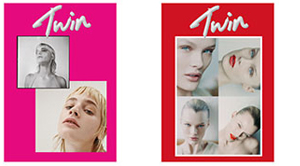An immersive sci-fi fashion presentation at the wild, impossible edges of contemporary art music; an exploration of how objects are used to create our own truth; Waiting for Godot meets Lulu via fashion week for the post-truth era.
UU studios have created an opera entitled WEAR with keen hopes to traverse time, space and the audience’s impression of what the theatre can be.
The storyline? A designer prepares for their final show against the backdrop of the apocalypse. When a colleague arrives to interview them about the work on display, it sets in motion a series of recollections of their lives and the work that gave these meaning. In a series of creative re-imaginings the two reconnect and, in doing so, defy the end of the world.
The tale is merely a metaphor for a greater discussion being posed by the UU Studios founders: Gemma A. Williams and Alastair White. With a background of fashion curation and publications, alongside White’s work straddling politics, science and music, both White and Williams are here to utilise the stage as a sounding board for the collision of a lot of thoughts that are pounding through their heads. Opera is a field that is still shackled to its traditions, so it will be refreshing to see what WEAR unfolds in storyline, execution and intent.
The gumption of WEAR is ambitious – and anything that carries a cross-pollinating appetite should be celebrated for its need of a (creatively concerned) different speed. Twin contributor Isabella Davey talks to Williams and White about WEAR’s forthcoming debut and how an opera woven like fabric can stand for as a metaphor for identity, confusion and decay.
How did wear come about?
AW: We met through a mutual friend and were instantly fascinated with one another’s work. At the time I was in the process of sketching ideas for an opera about time travel that could exploit art music’s ability to manipulate the listener’s experience of temporality. In one of many late night discussions with Gemma it struck us both how interesting it might be to set it in the world of fashion. Fashion – it seems to me, at least – is, like music, specifically concerned with time. On one hand, it is fleeting and ephemeral, a constant flow of changing trends with their momentary beauty made even more vivid by its impending obsolescence. On the other, clothes – great clothes, that is – have this magical power to almost freeze their wearers in time and protect them from the rot and decay of disintegrating life as though together they had become an artwork. I think, tentatively, it is in the contradiction and interplay between these opposing aspects that fashion derives a meaningful beauty. The desire to explore some of these ideas, and their philosophical implications in music, poetry and dance, was where WEAR began.
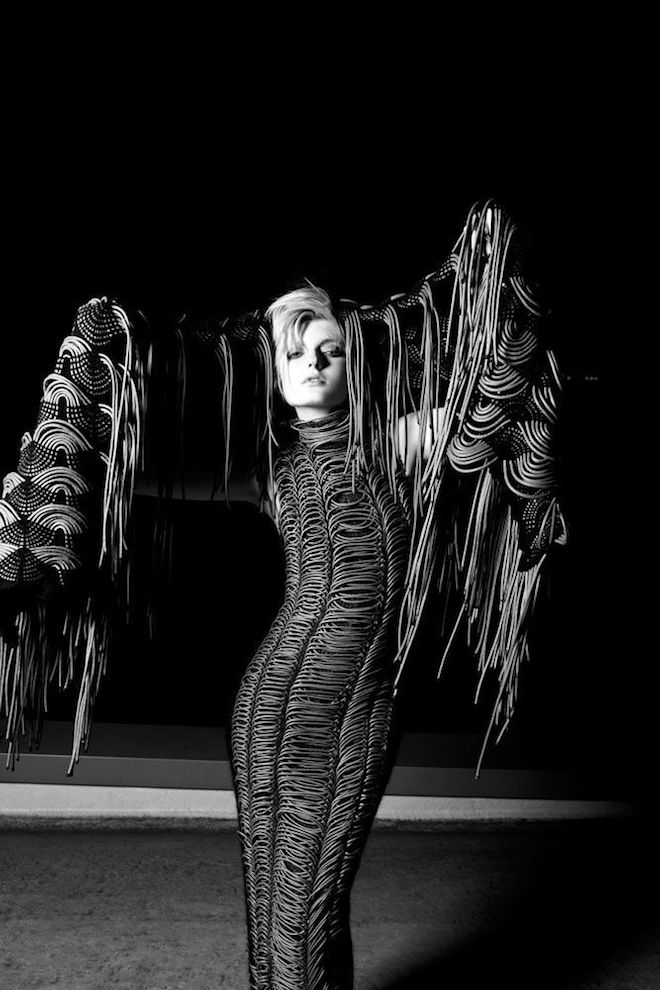
WEAR opera | image credit: Robert Rowland
What attracted you to opera?
GAW: I think opera has similar challenges to fashion in that people are often scared by it and therefore actually miss out on the beauty of it. On a very practical level, I think that increasingly exhibitions are becoming massive blockbusters; the curator has been overtaken by fashion brands using in-house teams to convey their own very controlled commercial message and this means that rather than allowing an external thinker into the process to extract a narrative they are becoming very set promotional events. There is very little room to experiment especially with budgets so when I met Alastair I thought this was a really exciting aspect to explore and develop. It’s also never actually been done before!
How do fashion and performance interact and relate to one another?
GAW: Well they are intrinsic. From our first understanding of performance it’s embedded in the visual – Bowie is a prime example and the very best, ground-breaking artists play with this. Also, for me it’s about emotion – something incredibly difficult to convey in an exhibition but immediately unlocked in music, performance or fashion.
Why I’m particularly excited about WEAR is that we haven’t simply dressed the models: fashion inspired the construction of the music so it’s an opera that’s been woven, like a fabric.
What do you hope the audience will take from wear?
AW: WEAR isn’t so much a story about time machines as it is about a world where they make true stories no longer possible. Multiple timelines are a contradiction in terms – they couldn’t exist side by side as the current Star Trek reboot and continuation have tried to imply. Rather, they would be experienced as a constant erasure and reworking of history. I hope it works as a metaphor for the modern world, where the past seems so distant from our amnesiac, ever-modernising present, and the fact that we can now use the contemporary excess of information to justify almost anything. I suppose I hope that people take that the only way forward from such a moment is not through the dull, methodical reconstruction of the past, but the possibility of something totally new, something utterly unexpected – that no one had thought possible before – that didn’t need to happen – that was, until now, in this shifting, tumbling present, impossible to imagine. It’s only in this that we can re-light radical politics and art towards their revolutionary efficacy.
What was the thought behind the name?
AW: A pun that fortunately combines a few of the opera’s themes – identity, confusion and decay.
GAW: Also, our company name is a pun, pronounced double u. We like puns.
WHAT CAN OPERA LEARN FROM FASHION AND FASHION LEARN FROM OPERA
GAW: Fashion is adept at remaining relevant in how it pushes the boundaries of a vast array of different contexts. The most provocative designers build a mix of philosophy, performance and fine art into their garments and collections but in such a way that they are still commercial pieces that can be worn on the body.
AW; Opera, by contrast, is hamstrung by an industry built on museum-piece regurgitation of the past at the expense of new work. It survives by breaking out of the opera house and fighting its way back to the cut and thrust of the real world, full of all its confusing exhilaration and cheap, strange ugliness. The challenge is not to ignore these factors, but rather to reconcile them somehow with the beauty of art and, in this, the possibility of a better future.
What is next for UU Studios?
GAW: For now we want to concentrate on touring WEAR globally, potentially programming it into fashion weeks and events. Our aim is to collaborate with a different designer in each different city, making it incredibly special each time and visually different. Alongside this we have a lot of really cool ideas so it’s pretty exciting. We are writing a crime-horror opera based in a coastal town which has hilariously ended up with the working-title of ‘The Fish Opera’.
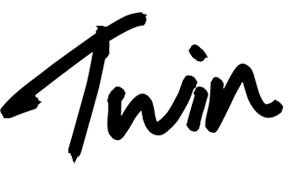
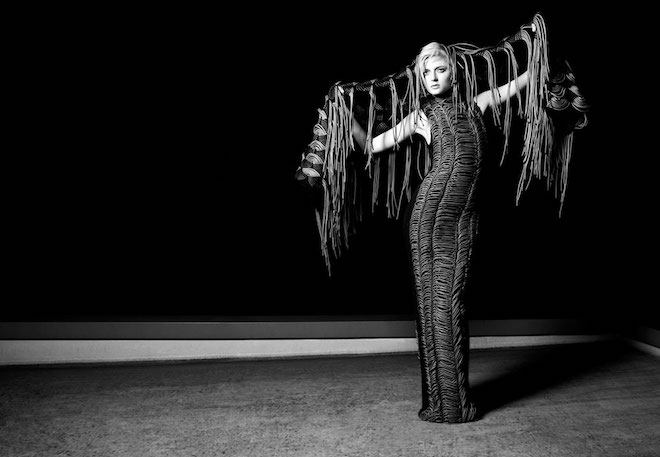
 PREVIOUS
PREVIOUS
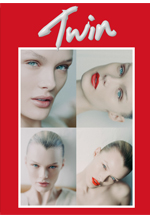
 Twitter
Twitter
 Tumblr
Tumblr
 YouTube
YouTube
 Facebook
Facebook
 Instagram
Instagram
